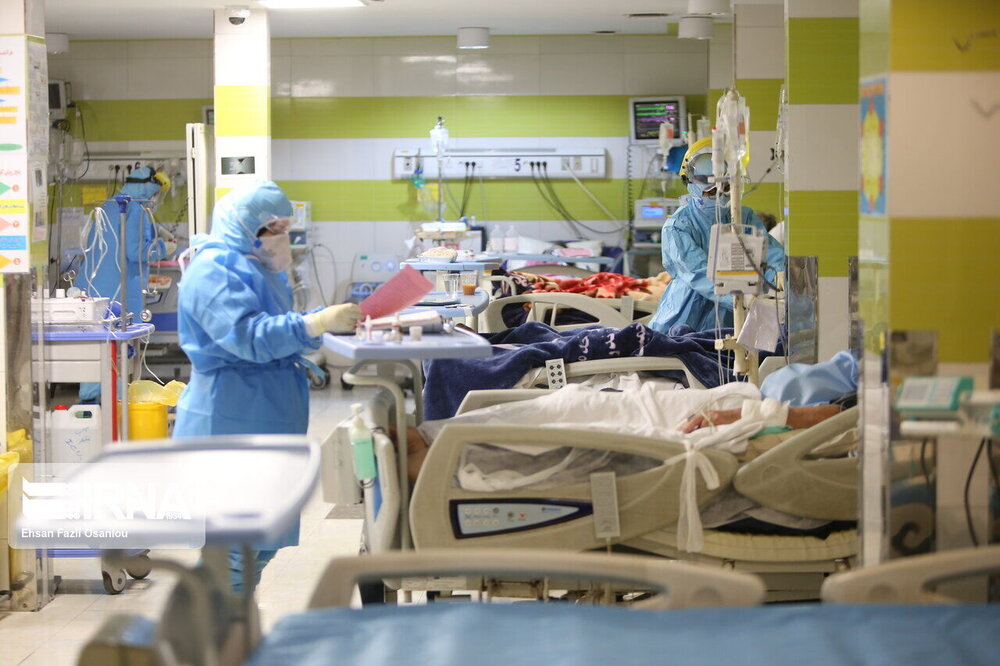Healthcare’s share of national budget surges twofold

TEHRAN – The national budget bill for the next calendar year (starting on March 20) has proposed 1.5 quadrillion rials (around $35 billion at the official rate of 42,000 rials) for the healthcare system, a more than twofold increase compared to the current year’s budget of 700 trillion rials (nearly $16 billion).
The government submitted the draft of the national budget bill for the next [Iranian calendar] year to Majlis on December 2, 2020.
The proposed budget amounted to about 24.357 quadrillion rials (about $580 billion), with a 20-percent rise from the current year’s budget.
Supplying basic goods, treatment, and medical equipment; securing livelihood; supporting production and employment; promoting and supporting non-oil exports and knowledge-based companies are the focal points of the bill.
The health system accounts for approximately 17 percent of the total public budget. Over 90 percent of the health system’s budget is provided from government and public resources and 10 percent from private resources, which are gained from the health system and hospitals.
The budget is spent on health, treatment, research, and development in the health sector and higher education.
The share of health services in the budget is 70 percent, while primary healthcare services and research hold a share of 18 and 12 percent, respectively.
About 67 percent of the health system budget is allocated to medical universities, which shows an increase of 78 percent compared to the current year’s budget.
The medical universities’ budget for providing inpatient treatment services has increased by 167 percent, while the number of inpatients in medical universities has decreased from 24 million to 13 million.
The share of traditional medicine in the health budget has grown by 6 percent.
Health reform plan and dealing with crises
The coronavirus outbreak proved that one-dimensional health systems cannot survive health-threatening crises, which occur every few years in the form of infectious diseases so that the need for healthcare reforms should be brought into sharp focus.
It is essential to know that as much as creating new hospital beds, developing hospitals, renovating dilapidated hospital tissue and upgrading medical centers are important; the establishment of comprehensive health centers, health houses, health workers training, the launch of electronic health records for the people, and numerous screening schemes, medical supply, quantitative and qualitative improvement of medical education, and medical research are of great importance which needs to be considered.
The healthcare reform plan, aiming at decreasing the out-of-pocket expenses for the patients, promoting natural birth, and supporting underprivileged patients suffering from rare or incurable diseases, was launched in the country in May 2014.
A plan that has succeeded in enforcing many of the health-deferred laws and regulations, and continues to do so despite all the credit and manpower deficiencies.
Increased access to medicine and treatment was among the achievements of the plan. In addition, 11 million Iranians without any health insurance were covered by public insurance.
Prior to the project, public spending on healthcare services was more than 50 percent. Meanwhile, with the implementation of the plan, the share of payment from the pockets of patients in the field of health has decreased to 32.4 percent.
The plan started supporting physicians in deprived areas, which increased the number of doctors to more than 4,300 general practitioners, specialists, and subspecialists, resulting in increased access to medical treatment.
About 1,100 comprehensive healthcare centers across the country are now offering medical services to patients and providing the necessary care since the onset of the epidemic.
One of the important health capacities that came to the aid of the country in the coronavirus crisis was the electronic health record, and according to the Minister of Health Saeed Namaki, at least 75 million Iranians with a national code can file electronic health records.
FB/MG
Leave a Comment